Tired of Mosquitoes? Here’s How to Actually Win the War in Your Yard
I’ve been in the pest control trenches for a long time, especially in those sticky, humid places where mosquitoes practically own the air. And I’ve seen it all—from a few annoying buzzers ruining a barbecue to full-blown infestations that felt like a horror movie. I once solved a terrible indoor mosquito problem by finding larvae wiggling in the water tray of a forgotten office printer. Seriously. It can be anywhere.
In this article
The biggest lesson I’ve learned is this: fighting mosquitoes isn’t about some magic spray or zapper. It’s about strategy. It’s about understanding how these little vampires live and systematically taking away everything they need to thrive. The pros call it Integrated Pest Management (IPM), but you can just call it being smarter than the bugs.
So, let’s ditch the folklore and quick fixes. We’re going to break down a real, layered approach that actually works. This is how you take back your yard and enjoy an evening on the patio without getting eaten alive. It all starts with a little bit of knowledge.
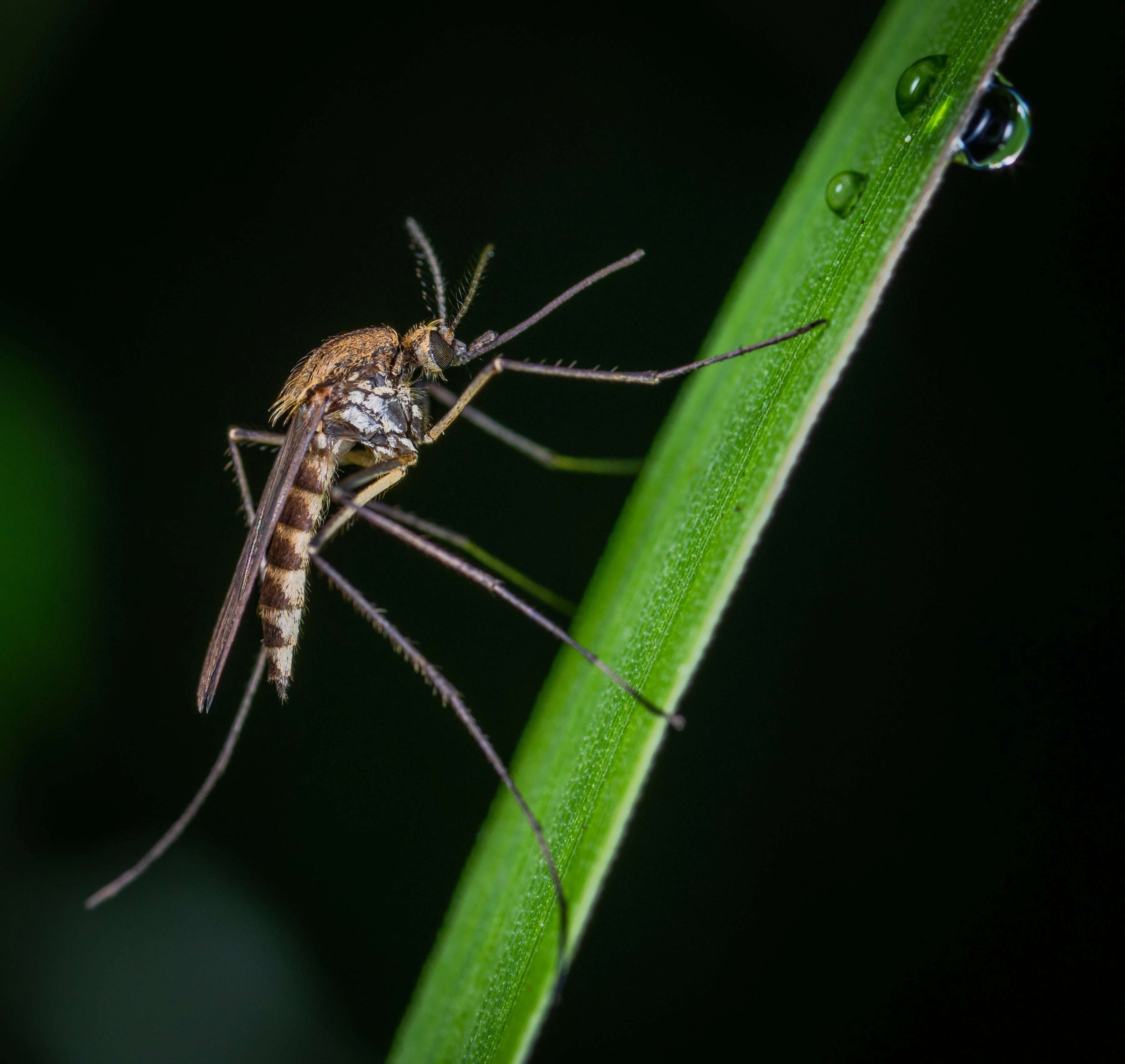
First, Understand Your Enemy
Before you can win, you have to know who you’re fighting. Mosquitoes are incredibly sophisticated little hunters, and their entire life cycle is your roadmap to defeating them.
How They Hunt You Down
Ever wonder how they find you so easily in the dark? It’s not about “sweet blood,” not really. They’re like tiny, heat-seeking missiles using a three-step process.
First, they lock onto the carbon dioxide (CO2) you exhale. They can sense this from an astonishing distance, sometimes over 100 feet away, and they fly upwind following the trail right back to you.
As they get closer, your body heat and the moisture from your breath act like a homing beacon, helping them pinpoint a landing zone. And finally, specific compounds in your sweat, like lactic acid and ammonia, are the final dinner bell. This, by the way, is why they seem to love you more right after you’ve been exercising.
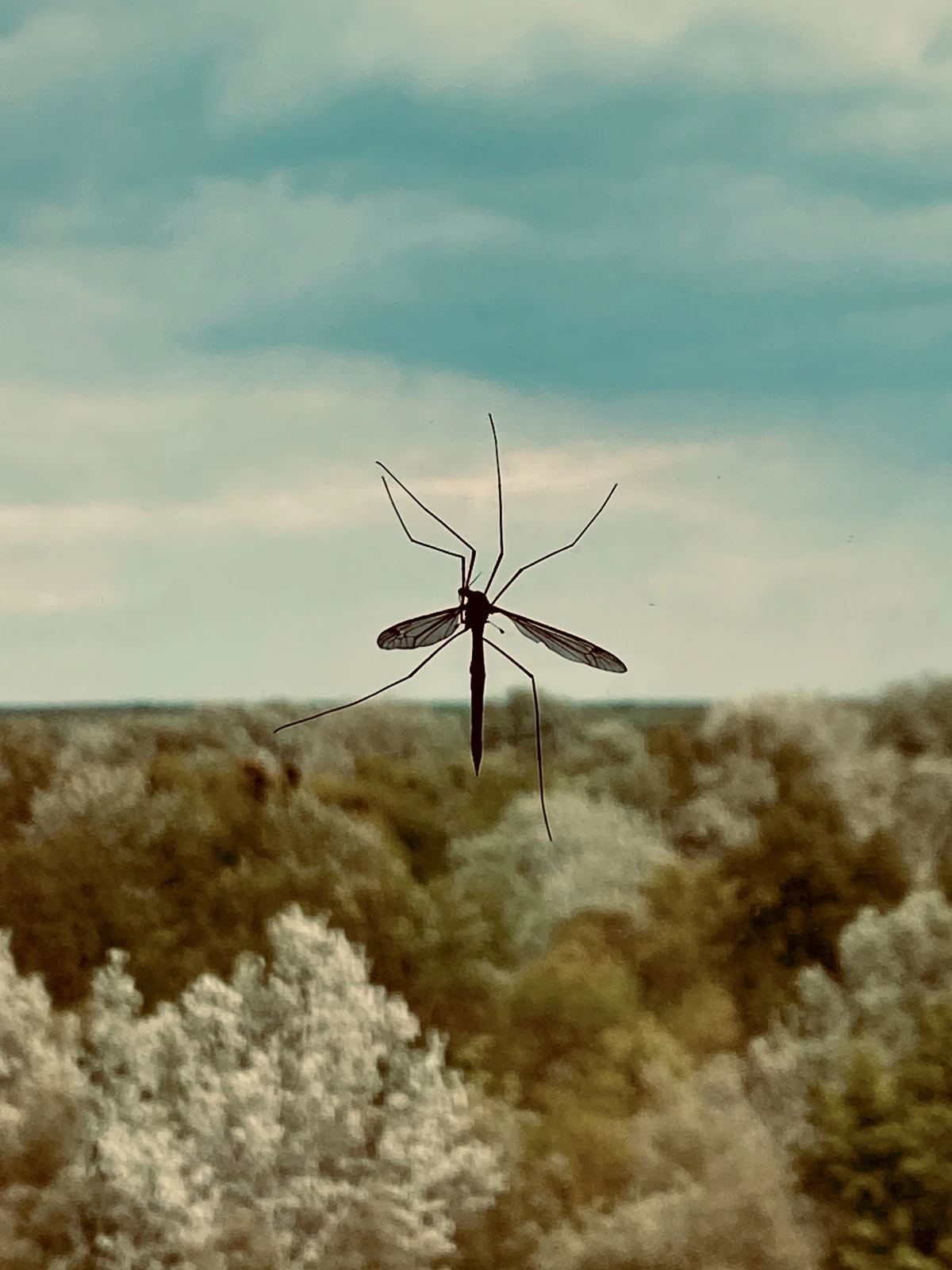
Knowing this makes it clear why some simple tricks work. For example, a strong fan on your porch is super effective because it literally blows your CO2 trail away, making you invisible.
Their Life Depends on Water
If you only remember one thing from this entire guide, make it this: No standing water, no new mosquitoes. It’s that simple. Their entire life cycle, from egg to annoying adult, is tied to water. This is their biggest weakness, and it’s where you have the most power.
A female mosquito lays her eggs on or near stagnant water. These hatch into larvae—you’ve probably seen them as little “wrigglers” in puddles. They hang from the surface to breathe and wiggle down if you disturb them. After about a week, they morph into a pupa, or a “tumbler.” A couple of days later, the adult mosquito emerges, dries its wings, and flies off looking for its first meal. You.
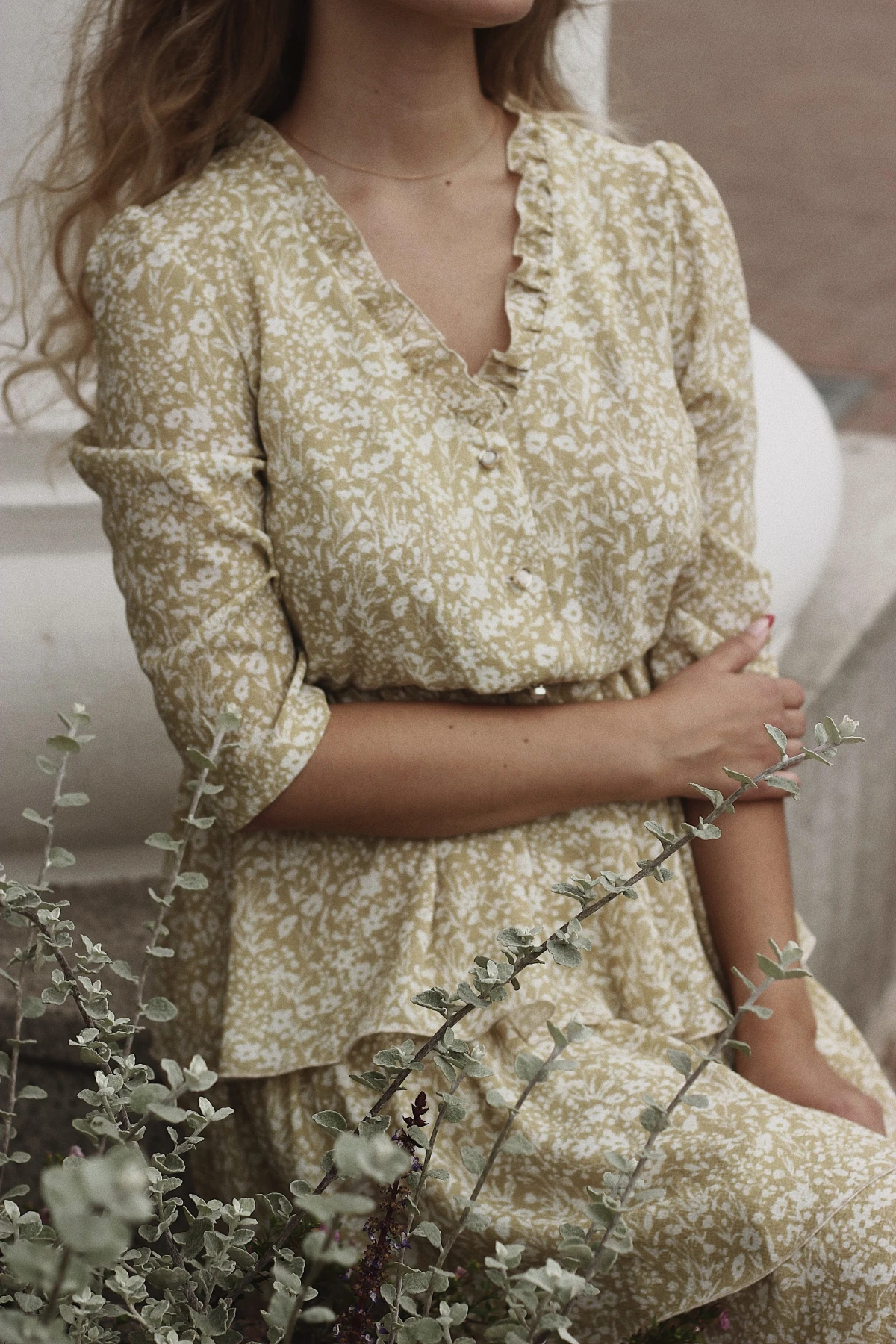
The whole process can take as little as seven days in warm weather. That means a single forgotten bucket can churn out hundreds of new mosquitoes every single week.
The Real Work: Becoming a Water Detective
This is the foundation of any good mosquito plan. It’s the cheapest, most effective, and most eco-friendly thing you can do. Honestly, I wouldn’t even consider spraying a client’s property until they’ve done this step. Why? Because spraying is a temporary fix, but getting rid of their breeding grounds is a permanent solution.
Your 15-Minute Weekly Yard Walk
Once a week, commit to a quick walk around your property. It’s the best 15 minutes you’ll spend all week fighting bugs. You’re looking for anything, and I mean anything, that can hold even a tiny amount of water.
- Gutters: These are the number one overlooked spot. A handful of clogged, wet leaves is a mosquito paradise. Keep them clean!
- Plant Saucers: That little dish under your potted plants? Dump it out after watering or fill it with sand so water can’t pool up.
- Kid Stuff: Wagons, buckets, sandboxes, and plastic toys are notorious water collectors. Tip them over or store them in a shed or garage.
- Birdbaths: Great for birds, but also for mosquitoes. You have to change the water at least twice a week. A better option is a solar-powered water wiggler or agitator (about $15 online) that keeps the surface moving.
- Tarps & Covers: Any cover over a grill, firewood pile, or boat will have sags that collect rainwater. Pull them taut.
- Forgotten Junk: Old tires are the absolute worst. If you can’t get rid of them, drill drainage holes in the bottom. Look for buckets, cans, and even bottle caps. Yes, a single bottle cap holds enough water for a brood.
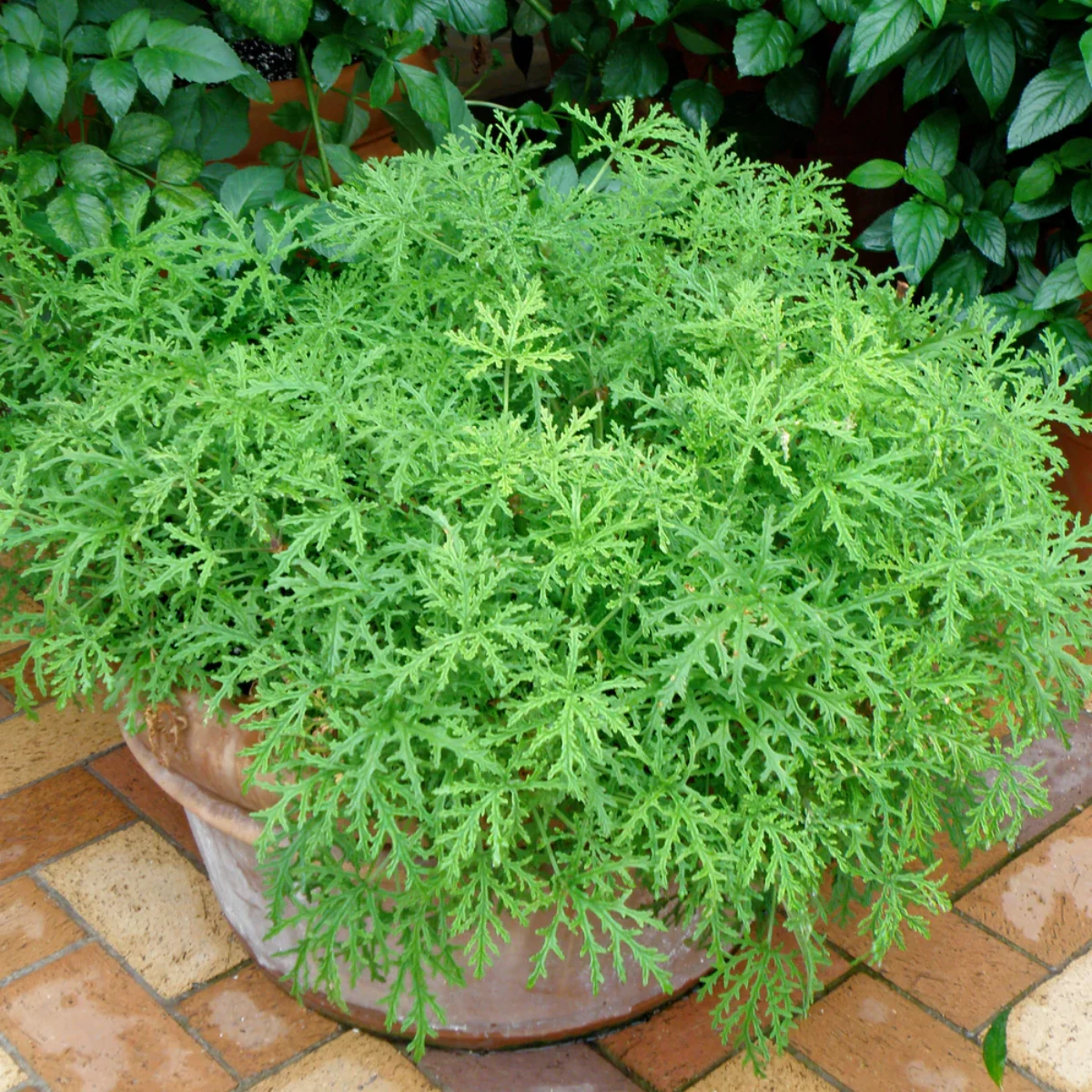
What About Water You Can’t Dump?
Sometimes you have water you can’t or don’t want to get rid of, like in a rain barrel or an ornamental pond. This is where you use a larvicide. The best and safest option for homeowners is a product containing Bti. It’s a naturally occurring bacterium that only harms the larvae of mosquitoes, gnats, and black flies. It’s completely safe for people, pets, fish, and birds when you use it correctly.
- Mosquito Dunks: These are little donut-shaped pucks of Bti. You just toss one into your rain barrel or pond, and it slowly releases the larvicide for about 30 days. A 6-pack will run you about $10-$15 at a hardware store and can last you all summer for a couple of barrels.
- Mosquito Bits: These are smaller Bti granules that work much faster (usually within 24 hours) but don’t last as long. I like to sprinkle them in marshy spots in the yard or in plant saucers after a big rain for a quick takedown.
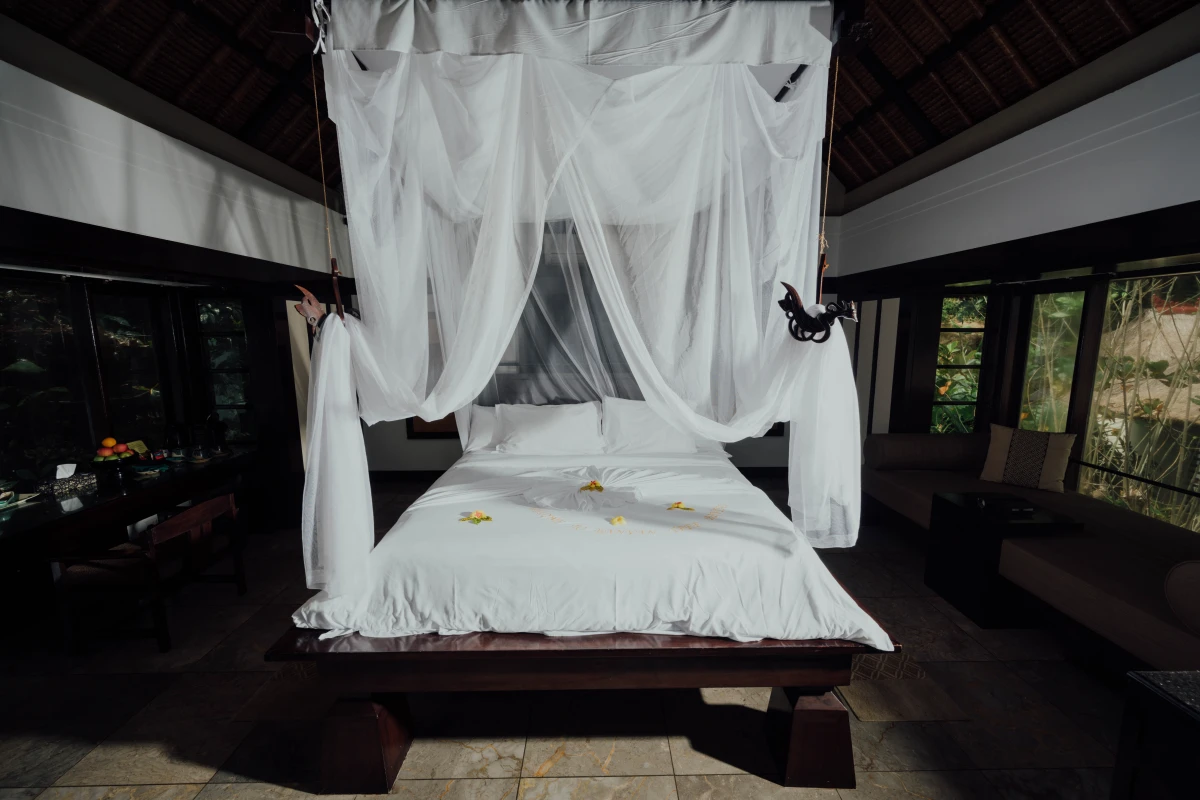
Creating a Bug-Free Zone on Your Patio
Once you’ve cut off the supply of new mosquitoes, you can focus on dealing with the adults that fly in from elsewhere. This is about making your personal space less inviting.
QUICK WIN: If you’re having people over tonight and need a fast solution, grab a simple box fan or an oscillating fan and put it on your deck or patio. Mosquitoes are clumsy fliers and can’t navigate a breeze. It’s surprisingly effective and uses zero chemicals.
Your window and door screens are your home’s armor—make sure they are in perfect repair. A tiny hole is an open door. For porches and gazebos, screening them in is a fantastic investment for guaranteed peace.
As for those other products? It’s good to have realistic expectations.
- Candles and Torches: Citronella candles look nice, but their effect is minimal. Any slight breeze and their protective bubble is gone. Think of them as mood lighting, not a serious defense.
- Repellent Plants: Having lavender or marigolds in pots is lovely, but you’d need a dense jungle of them to make a real difference. They’re a minor supporting actor, not the star of the show.
- Spatial Repellents: Devices like Thermacell are actually quite effective. They use a tiny bit of heat to create a protective zone, usually about 15 feet. I use one when I go fishing. The device itself might cost you between $20 and $50, with refill packs running about $20 for 48 hours of use. Heads up, though: keep pets from hanging out right in the vapor zone.
Oh, and a word of caution on bug zappers. Please, just don’t. Research has shown for ages that they are useless for mosquitoes. They mostly kill harmless moths and beetles, disrupting your local ecosystem while letting the biters fly right on by.

The Final Layer: Protecting Yourself
When you’re out in the yard, a good personal repellent is your best friend. Look for products that have been tested and registered for both safety and effectiveness.
Let’s break down the top contenders, no chart needed.
DEET has been the gold standard for decades because it just works. It doesn’t kill mosquitoes; it jams their chemical receptors so they can’t
Galerie d’inspiration


What if you could make a mosquito “no-fly zone” for your next patio dinner?
It’s possible with spatial repellents. Unlike sprays for your skin, devices like the Thermacell E55 or Patio Shield create a silent, scent-free zone of protection, typically 15 to 20 feet. They work by gently heating a mat saturated with a synthetic version of a natural insecticide found in chrysanthemums. This vaporizes the repellent, creating an invisible bubble that mosquitoes avoid. It’s the perfect solution for stationary activities, turning your deck or balcony into a bite-free sanctuary without anyone needing to apply lotion or spray.
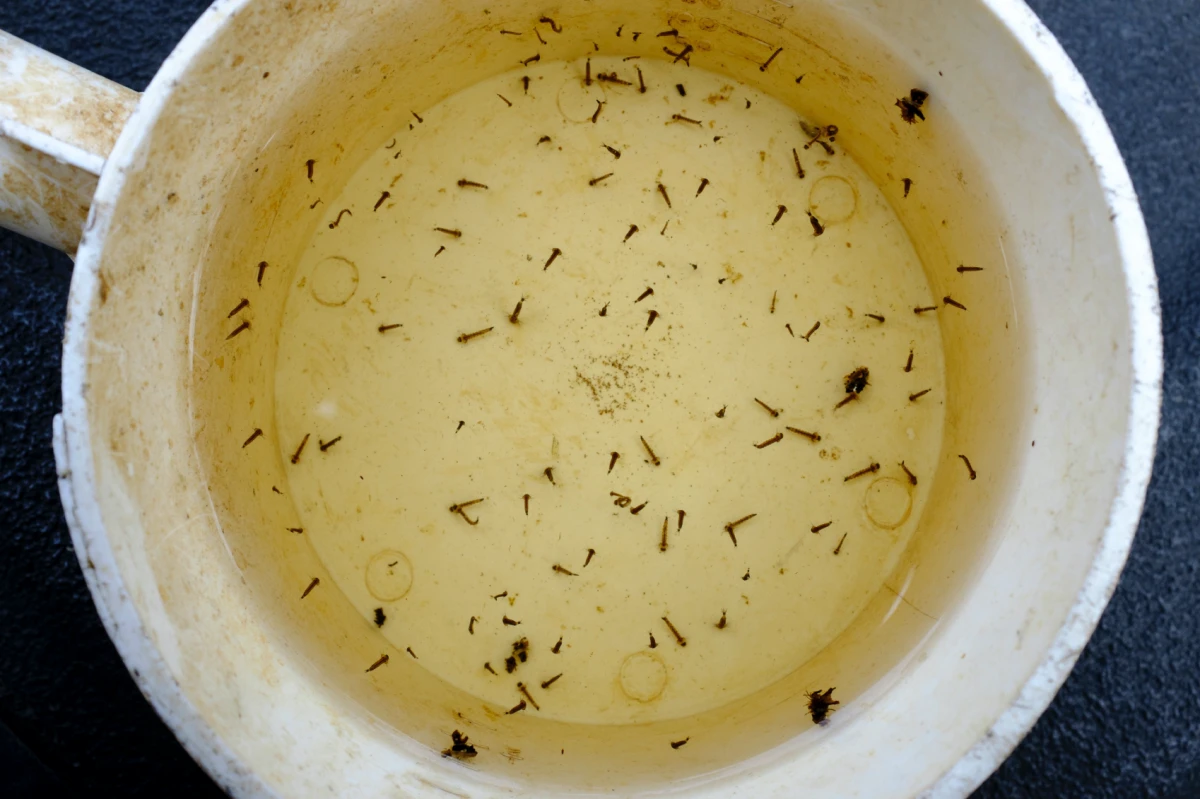
Globally, only female mosquitoes bite. They need the protein and iron in blood to produce their eggs. Males are peaceful vegetarians, feeding only on flower nectar.
This biological imperative is why targeting their breeding grounds is so critical. Every time you empty a saucer of stagnant water, you’re not just getting rid of larvae; you’re preventing a future generation of blood-seeking females from ever taking flight.
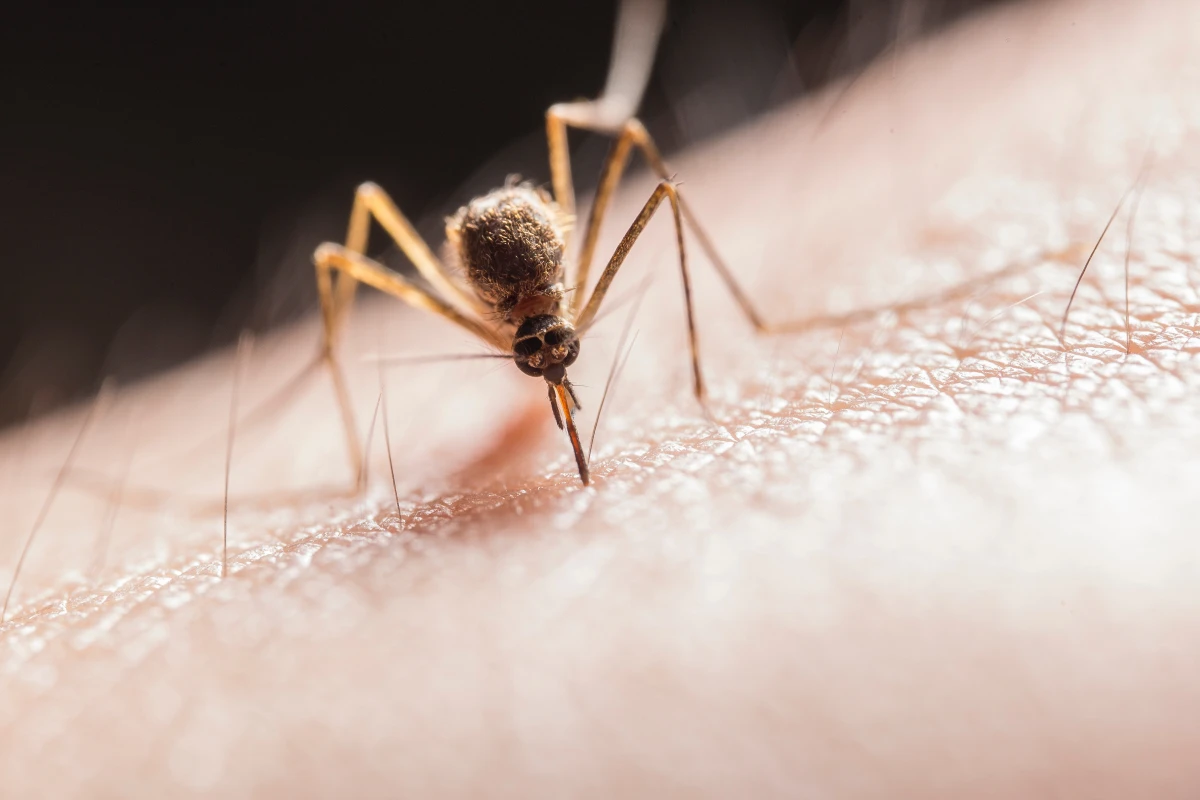
DEET-based repellents: The gold standard for decades, found in products like Off! Deep Woods. It’s highly effective but can have a distinct odor and a slightly greasy feel. It can also damage some plastics and synthetic fabrics.
Picaridin-based repellents: A newer alternative, featured in Sawyer’s popular lotions and sprays. It’s equally effective as DEET for most mosquito species, but is odorless, non-greasy, and won’t harm your gear. For many, it’s simply a more pleasant experience.
Let’s be clear about repellent plants: planting a citronella grass pot on your patio won’t create a magic force field. The repellent oils are only released when the leaves are crushed. For a more effective botanical approach:
- Plant lemon balm, catnip, or scented geraniums in pots.
- Before you sit outside, crush a few leaves in your hands.
- Rub the fragrant oils on your ankles, arms, and neck for a quick, natural shield.










